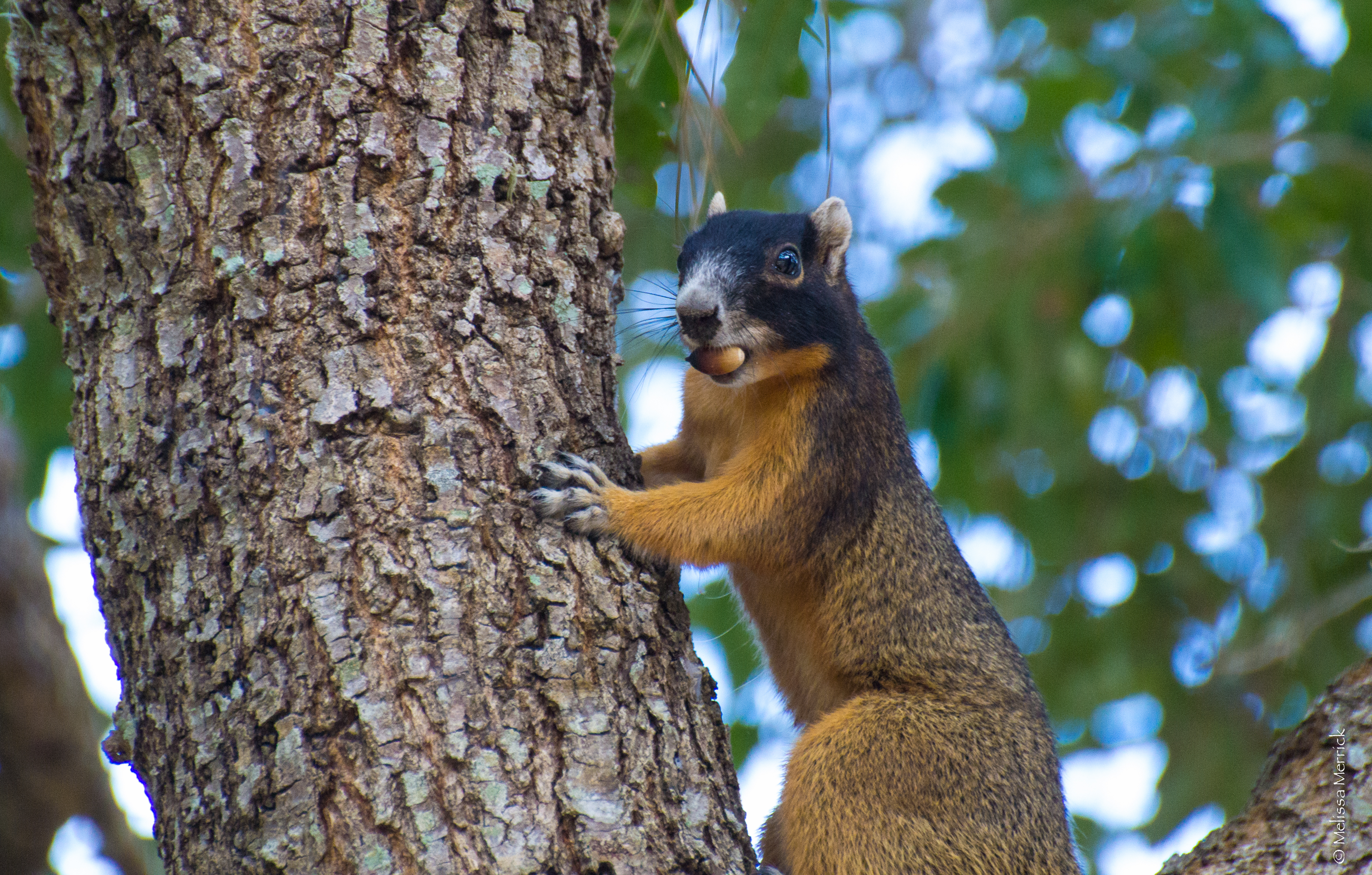Check out our latest findings! New paper on the ecology of a threatened fox squirrel subspecies in a diminishing ecosystem
BCFS_AlligatorFlagPreserve.jpg

Ph.D. candidate, Kira Hefty, published a new paper showing how continued development in Florida jeopardizes habitat quality and connectivity for the threatened Big Cypress Fox Squirrel:
Land use change can result in complex environments of varying habitat quality and permeability that directly and indirectly influence the effectiveness of natural areas for wildlife conservation. To assess how isolation and degradation of protected natural areas may affect long-term conservation efforts across the range of a sensitive subspecies, we used multiscale occupancy analysis, species distribution modeling, and circuit theory to identify hotspot areas of occurrence and potential landscape connectivity among areas of high quality habitat within and between protected natural areas. Big Cypress fox squirrels (Sciurus niger avicennia: BCFS) are state-threatened subspecies of fox squirrel endemic to forested wetlands in southwest Florida, which have been highly altered by human activities. Probability of occupancy of BCFS among conservation areas varied widely due to differences in environmental features (Hedge's g = 1.4705, 95% CI: 1.074–1.763). Fine-scale features indicative of habitat degradation, such as increasing midstory vegetation cover and decreasing bromeliad cover, negatively influenced BCFS occurrence. Home-range-level tree canopy cover differentially affected probability of occupancy dependent on proximity to urban areas. Additionally, home-range-level high summer temperature differentially affected probability of occupancy dependent on proximity to cypress domes. Habitat was distributed patchily both within and among conservation areas, separated by large areas of unsuitable vegetation communities and urbanized features that were barriers to movement. Considering the threat of increasing isolation of conservation areas due to continued development as well as current and impending degradation caused by land use and climate change within conservation area boundaries, we suggest a strong need for interagency coordination to improve, maintain, and acquire rights for protection of additional remaining habitat.
Full text available here

